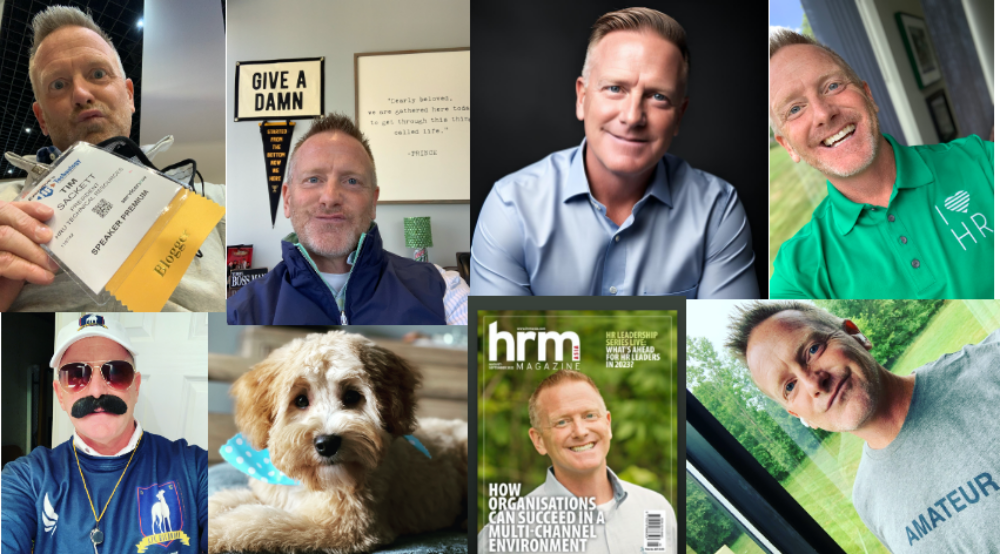Don’t know how many of you saw the press release yesterday, but General Motors announced their new CEO would be former GM HR Lady, Mary Barra. Let’s not forget, she will also be the first women to run a major automotive company in history! From the article CNN/Money:
“Since August, Barra has served as executive vice president of global product development and global purchasing and supply chain, according to her company bio.
For more than two years before that, she was an executive VP focusing on international design, engineering, program management and quality. Earlier, she was vice president of global human resources. Barra started at GM when she was 18 as part of a cooperative education program.
She was paid $4.9 million in total compensation last year, according to corporate documents. That includes a salary of $750,000.”
Bam! It pays to be in HR!
“Women represent a minority presence in the auto industry, comprising 21% of the total workforce. According to federal data, 39,000 of the industry’s 185,200 employees were women. And women hold about 3.3 million of 12 million jobs in the broader manufacturing sector, or about 27%.
Jared Rowe, president of auto product researcher Kelley Blue Book, said that it’s smart for an automaker to put a woman in charge with a background in product development, considering that “the bulk of the buying decisions are actually made by women, when it comes to purchasing vehicles.”
He also said that Barra’s long history with GM is vital to the company’s leadership.”
I would say GM is smart in deed to hire a women to run the company, but in reality Wall Street will ultimately be the judge on her performance. That’s the way it goes with large publicly traded companies. I do feel, growing up in Michigan, currently working and living in Michigan, and my company being a supplier to GM, this is not your parent’s and grandparent’s GM! The auto industry is an ‘old boys’ network for sure, and GM making the courageous decision to hire a female as CEO, definitely speaks to a broader change in our society.
When people think of Michigan, they think of a broken Detroit and of a broken auto industry. For those of us who live in Michigan, we are seeing something very different. The auto industry is strong, and so many companies are hiring in all sectors. The recession hit us hard. It taught us a ton. GM’s failure was a huge part of that. If you don’t think GM learned anything from it, this hiring should at least be symbolic to show the world it is a different company. One that, while not perfect, is striving to be better.
